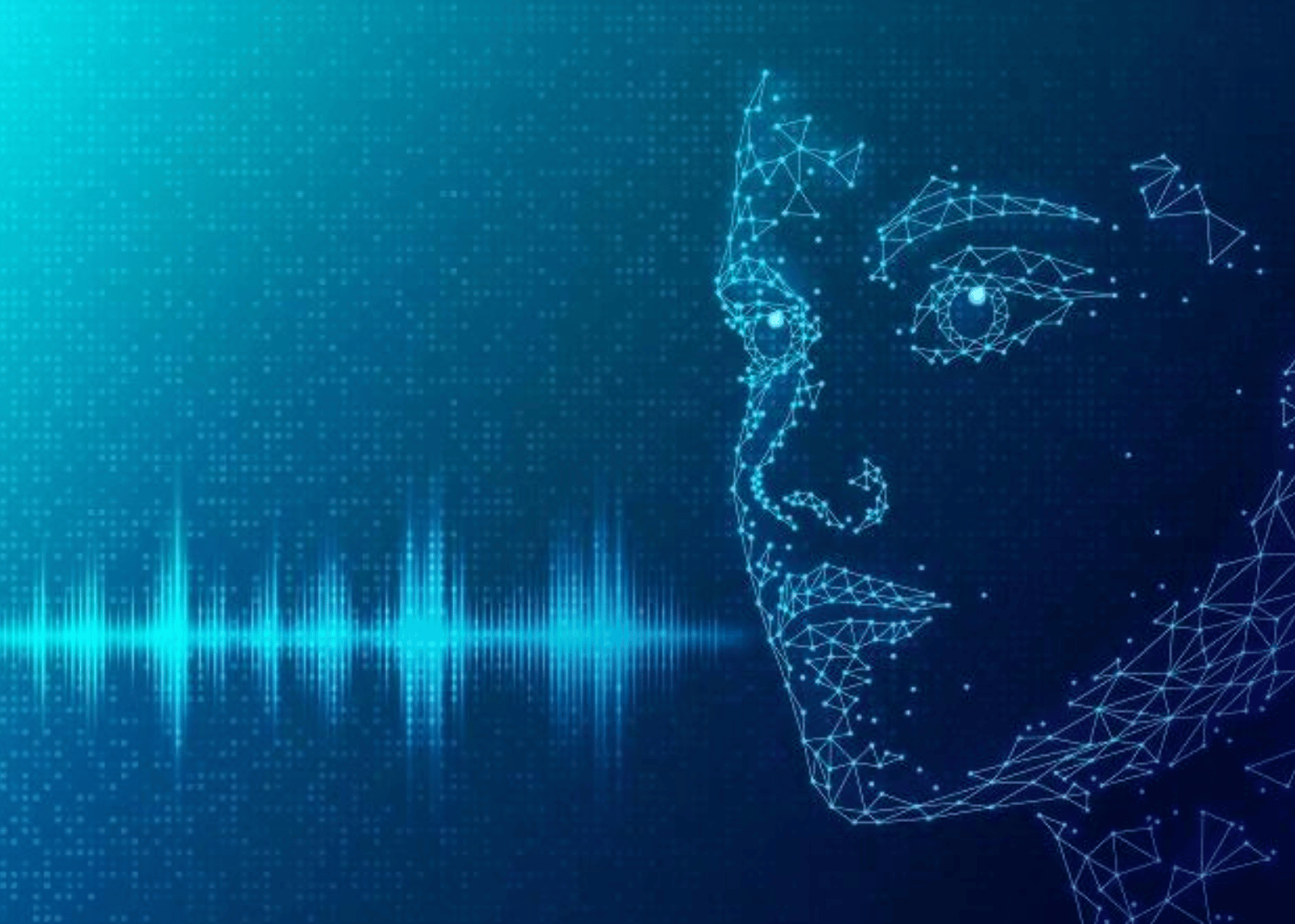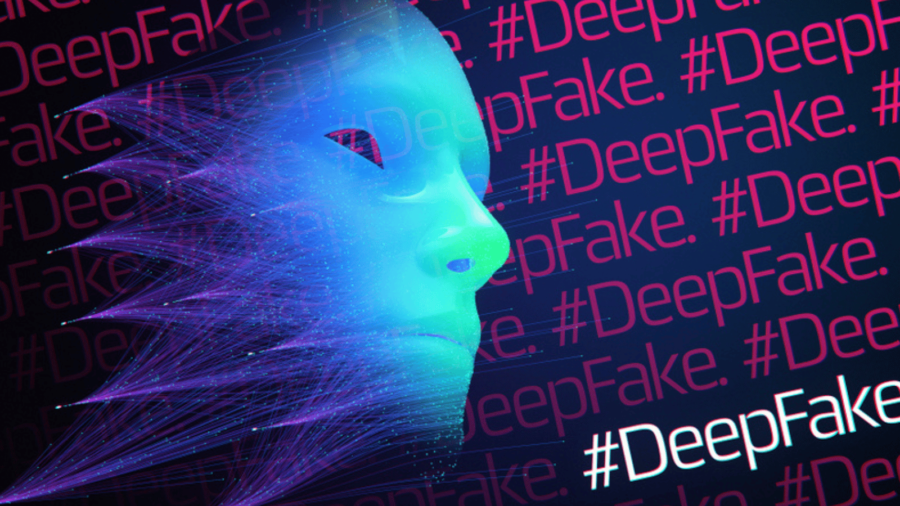Demystifying Deepfakes Navigating
In today’s digitally interconnected world, the rise of deep fake technology has ushered in a new era of digital deception, blurring the lines between reality and fiction with unprecedented sophistication. Deepfakes, at their core, are manipulative creations that alter a person’s appearance or voice in videos to make them appear as someone else. This manipulation is not only highly convincing but also poses significant risks, ranging from spreading misinformation to perpetrating cyberbullying and compromising individuals’ privacy.
At the heart of deep fake technology lies a complex interplay of artificial intelligence (AI) and machine learning (ML). These powerful algorithms analyze vast amounts of data, ranging from images and videos to audio recordings, to learn the nuances of a person’s likeness and voice. By synthesizing this data, deep fake algorithms can seamlessly generate videos that convincingly mimic real-life scenarios, making it increasingly challenging to distinguish between genuine and manipulated content.
The term “deep fake” itself was coined in 2017 by a Reddit user known as deep fake, highlighting the emergence of this disruptive technology. Since then, deep fakes have evolved rapidly, fueled by advancements in AI and ML algorithms, as well as the proliferation of accessible tools and platforms for creating and disseminating deep fake content.
Spotting a deep fake is no easy task, as creators leverage advanced techniques to blend digital composites with existing media seamlessly. However, certain telltale signs can help discern the authenticity of a video. Irregularities in facial expressions, inconsistencies in audio quality, and anomalies in the background are all indicators that a video may have been digitally altered. By remaining vigilant and critically evaluating media content, individuals can better protect themselves from falling victim to deep fake deception.
In India, deep fakes present a myriad of challenges, ranging from misinformation campaigns to threats against national security and unity. Misinformation spread through deep fake videos can incite social and political unrest, perpetuate cyberbullying and harassment, and compromise individuals’ privacy by creating and disseminating illicit content without their consent.
To address these challenges, it is imperative to foster digital literacy and awareness among the populace. Educating individuals about the dangers of deep fakes and providing them with tools and resources to identify and combat digital deception are essential steps in mitigating the risks posed by this emerging technology.

Empowering Teenagers: The Importance of Digital Literacy in Today’s World
In an increasingly digital world, where smartphones are ubiquitous and social media platforms dominate our daily lives, the need for digital literacy has never been more crucial. For teenagers, who are growing up in this digital age, understanding how to navigate the complexities of the online world is essential for their personal development, academic success,
and future careers. In this blog, we’ll explore the importance of digital literacy and the benefits of creating awareness among teenagers.
Digital literacy encompasses a range of skills and competencies, including the ability to navigate online platforms safely, critically evaluate information, and communicate effectively in digital environments. With the rapid proliferation of misinformation, cyberbullying, and online threats, teenagers must be equipped with the knowledge and skills to protect themselves and make informed decisions online.
The Landscape of Digital Deception
One of the key benefits of digital literacy is the ability to access a wealth of information and educational resources at our fingertips. With the internet serving as a vast repository of knowledge, digitally literate teenagers can leverage online resources to enhance their learning, explore new interests, and broaden their horizons. Whether it’s researching for school projects, learning new skills through online courses, or staying updated on current events, digital literacy empowers teenagers to become lifelong learners in the digital age.
Moreover, digital literacy fosters critical thinking and media literacy skills, enabling teenagers to critically evaluate the credibility and reliability of information encountered online. In an era of fake news and viral hoaxes, the ability to discern fact from fiction is invaluable. By teaching teenagers how to fact-check information, identify bias, and recognize manipulative tactics, we can empower them to become savvy consumers of media and active participants in democratic discourse.
Digital literacy also plays a crucial role in promoting digital citizenship and responsible online behavior. By instilling values of empathy, respect, and ethical conduct, teenagers can contribute positively to online communities and foster a culture of digital civility. Whether it’s practicing kindness and empathy in online interactions, respecting others’ privacy and intellectual property rights, or being mindful of the impact of their digital footprint, digital literacy empowers teenagers to become responsible digital citizens.
Creating awareness about digital literacy among teenagers is essential for equipping them with the skills and knowledge they need to thrive in today’s digital world. Through comprehensive educational programs, workshops, and resources, we can empower teenagers to navigate the online world safely, critically evaluate information, and become responsible digital citizens. By investing in digital literacy education, we can empower the next generation to harness the transformative power of technology for good and shape a more inclusive, equitable, and connected world.
Moreover, leveraging technology to combat technology is crucial. Deep Face detection tools, such as Sentinel, Fake Catcher, and Microsoft’s Video Authenticator, can help individuals and organizations identify and analyze deep fake content, enabling them to take proactive measures to mitigate its impact.
In conclusion, deep fakes represent just one facet of the ever-evolving digital landscape. By fostering a culture of digital resilience, advocating for stronger regulations, and prioritizing education and awareness initiatives, we can navigate the complexities of emerging technologies and safeguard our digital futures against the perils of digital deception.





[…] Coding often involves working collaboratively with peers to brainstorm ideas, troubleshoot issues, and iterate on projects. Through collaborative coding activities, children learn to communicate effectively, share ideas, and work as part of a team. These interpersonal skills are invaluable in today’s interconnected world, where collaboration and teamwork are essential for success. […]